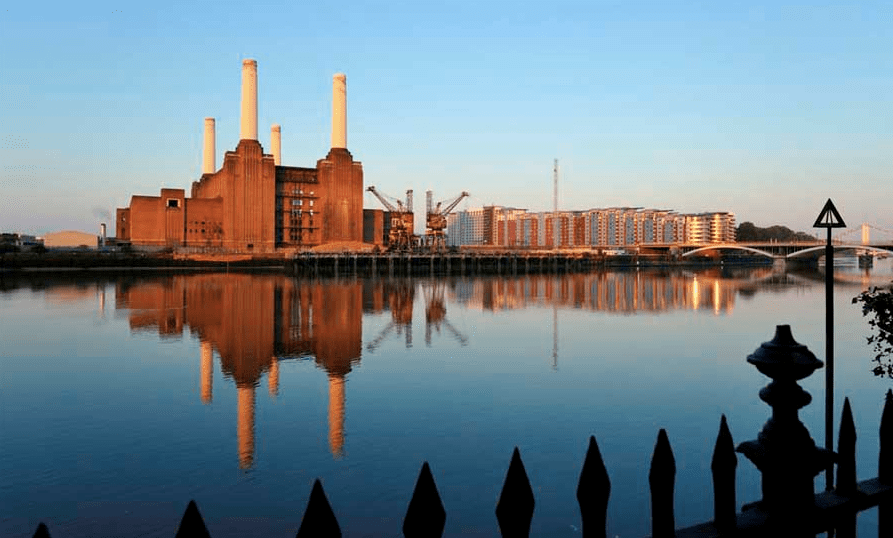As the world becomes increasingly focused on sustainability and environmental responsibility, landlords have an important role to play in creating sustainable rental properties. Not only does it benefit the environment, but it can also attract environmentally conscious tenants, reduce operating costs, and enhance the long term value of the property. In this article, we will explore various ways landlords can create sustainable rental property.
Energy Efficiency:
When working with Orlando Reid, the reputable Clapham estate agents, they recognize the importance of creating sustainable rental properties. They can guide landlords in implementing energy-efficient measures that not only reduce energy consumption but also lower utility costs and minimize the property’s carbon footprint. Orlando Reid’s expertise extends to providing strategies and recommendations on improving energy efficiency, helping landlords create environmentally conscious and financially advantageous rental properties in the vibrant Battersea area.
Install energy efficient appliances: Replace old, energy guzzling appliances with energy efficient models that carry the ENERGY STAR® certification. This includes refrigerators, dishwashers, washing machines, and HVAC systems.
Upgrade lighting: Replace traditional incandescent bulbs with energy efficient LED or CFL bulbs. These bulbs last longer and consume significantly less energy.
Insulation and weatherization: Ensure the property is properly insulated to reduce heat loss during winter and heat gain during summer. Weather stripping doors and windows can also prevent drafts and improve energy efficiency.
Programmable thermostats: Install programmable thermostats to optimize heating and cooling, reducing energy waste when the property is unoccupied.
Water Conservation:
Water conservation is another essential aspect of creating a sustainable rental property. Encouraging tenants to use water responsibly can lower utility bills and conserve this precious resource. Consider the following measures:
Low flow fixtures: Install low flow faucets, showerheads, and toilets to reduce water consumption without sacrificing functionality
Leak detection: Regularly inspect plumbing fixtures and address leaks promptly. Undetected leaks can waste significant amounts of water and lead to costly repairs.
Landscaping practices: Encourage tenants to adopt water efficient landscaping practices, such as watering plants during early morning or evening hours to minimize evaporation. Promote the use of native plants that require less water.
Waste Management:
Orlando Reid, the esteemed Battersea estate agents, emphasize the importance of promoting proper waste management practices within rental properties to foster sustainability. They can provide landlords with valuable strategies to implement, such as encouraging recycling, composting, and responsible disposal of waste materials. Orlando Reid’s commitment to sustainability extends beyond property transactions, as they guide landlords towards environmentally responsible practices that not only benefit the planet but also enhance the overall appeal and desirability of their rental properties in Battersea.
Recycling programs: Provide recycling bins and educate tenants about the importance of recycling. Clearly label recycling bins and make it easy for tenants to participate in the program.
Composting: Encourage tenants to compost organic waste, such as food scraps and yard trimmings. This can reduce landfill waste and produce nutrient rich soil for gardening.
Electronic waste: Establish a system for the proper disposal of electronic waste, such as old computers, printers, and appliances. This ensures that hazardous materials are disposed of correctly and potentially valuable resources are recycled.
Sustainable Materials and Design:
When renovating or furnishing the rental property, consider using sustainable materials and adopting eco friendly design principles:
Flooring: Choose sustainable flooring options such as bamboo, cork, or recycled wood. These materials are durable, renewable, and have a lower environmental impact than traditional hardwood or carpet.
Paint and finishes: Use low VOC or zero VOC paints and finishes to minimize harmful emissions. These products are less toxic and contribute to better indoor air quality.
Sustainable furniture: Opt for furniture made from recycled or reclaimed materials. Consider purchasing from companies that prioritize sustainable manufacturing practices.
Education and Tenant Engagement:
Engaging tenants in sustainable practices can create a culture of sustainability within the rental property. Here’s how landlords can promote education and tenant engagement:
Informational materials: Provide tenants with educational materials on sustainable practices, including energy conservation, water efficiency, waste management, and eco friendly habits.
Tenant incentives: Consider offering incentives to tenants who actively participate in sustainable initiatives, such as reduced rent for adopting energy saving habits or rewards for recycling.
Community involvement: Encourage tenants to participate in local sustainability initiatives and events. This fosters a sense of community and strengthens the commitment to sustainable living.
In conclusion, landlords have the power to create sustainable rental properties that benefit the environment, reduce operating costs, and attract environmentally conscious tenants. By implementing energy efficient measures, promoting water conservation, managing waste responsibly, using sustainable materials and design principles, and engaging tenants in sustainable practices, landlords can make a positive impact and contribute to a more sustainable future.





























